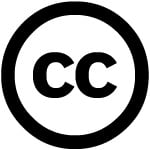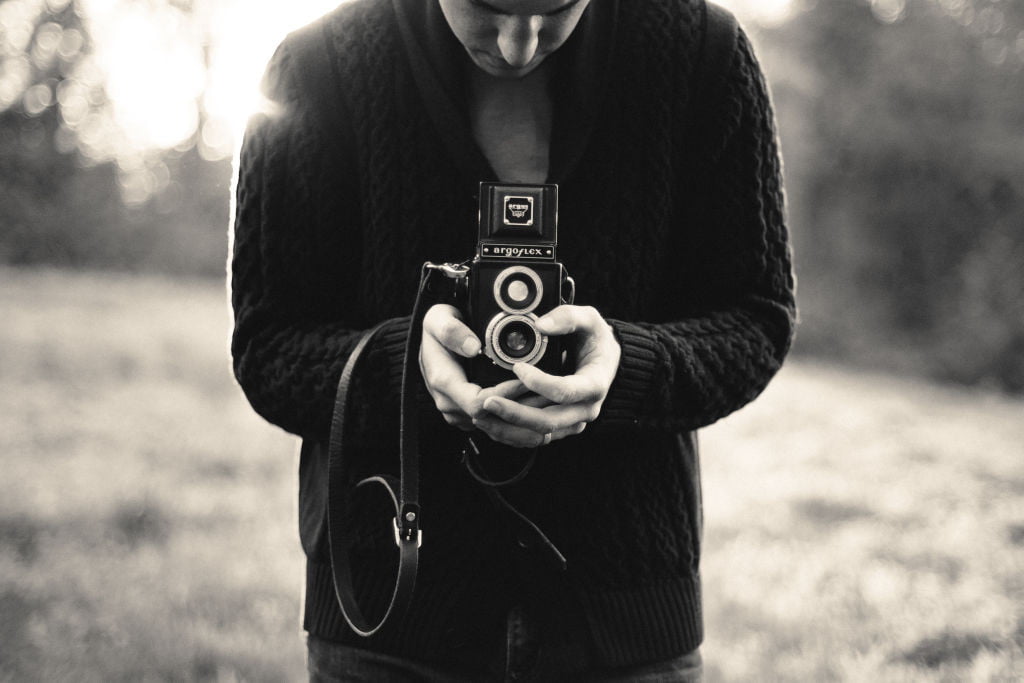Can I use this photo? Copyright, images and your website
A client of mine recently forwarded me an email that they had received from Getty Images. It said, essentially, “you used one of our images on your website and now you have to pay us for it.” Getty is known for being especially aggressive in pursuing these claims and in this case the cost of using a small, not very interesting image was around $500.
So, how do you find images to use on your website, assuming that you don’t have a photographer on staff? Here are some options.
Take your own
If you took the photo yourself, then you own the copyright and can do whatever you want with it.
Use a stock photo service
When you use a service like Shutterstock or iPhoto, you aren’t paying for the photo itself but rather a license to use the photo under certain conditions. There are two types of license that may apply: royalty free and rights-managed. Royalty free doesn’t mean no cost. It means that you can use the image where you want and for as long as you want, within the terms of the license. Royalty free licenses get more expensive as the image gets larger (higher resolution).
Rights-managed licenses are much more restrictive and often have limits set on duration of use, geographic area of use or use in certain industries. Look for the royalty free model and even then, read the license terms carefully.
Creative Commons license
 Creative Commons is a type of license that came about so that content creators could control the terms under which they would let others use their work for free. Typical Creative Commons license types include:
Creative Commons is a type of license that came about so that content creators could control the terms under which they would let others use their work for free. Typical Creative Commons license types include:
- Attribution
This license lets others distribute, remix, tweak, and build upon the work, even commercially, as long as they are attributed to the creator. - Attribution-ShareAlike
This license lets others remix, tweak, and build upon the work even for commercial purposes, as long as they provide attribution and license their new creations under the identical terms. - Attribution-NoDerivs
This license allows for redistribution, commercial and non-commercial, as long as it is passed along unchanged and in whole, with attribution. - Attribution-NonCommercial
This license lets others remix, tweak, and build upon the work non-commercially, and although their new works must also provide attribution and be non-commercial, they don’t have to license their derivative works on the same terms. - Attribution-NonCommercial-ShareAlike
This license lets others remix, tweak, and build upon the work non-commercially, as long as they provide attribution and license their new creations under the identical terms. - Attribution-NonCommercial-NoDerivs
This license only allows others to download the works and share them with others as long as they provide attribution, but they can’t change them in any way or use them commercially.
Public domain
The Public Domain is not some gummy residue left behind when all the good stuff has been covered by property law. The Public Domain is the place we quarry the building blocks of our culture. It is, in fact, the majority of our culture.
-James Boyle
Works come into the public domain in a number of ways:
1) The original copyright period may have expired. Every country is different but in the U.S., all works published before 1923 are in the public domain. Unpublished works pass into the public domain 70 years after the death of the creator.
2) Works may be voluntarily shared by the rights holder, by using licensing tools such as Creative Commons or by dedicating them to the public domain.
3) Fair use is a limitation and exception to copyright law, allowed under certain circumstances. Examples of fair use include commentary, search engines, criticism, parody, news reporting, research, teaching, library archiving and scholarship. It probably doesn’t apply to the photos you want to use.
Figuring out which works are in the public domain is not a simple task, as shown in this copyright expiration flowchart.
Where to find free photos
There are a lot of freely licensed photos out there, if you know where to look. Most do have some requirements for use that you have to follow. Take the time to read them and at the very least, give credit whenever possible for images that you use on your site. Here are a few links to get you started:
- Wikimedia Commons – 25 million freely usable media files.
- National Archives – Photographs and Graphic Works in the National Archives at College Park, MD.
- Google Images – After searching, select Search Tools > Usage Rights > Labeled for Reuse.
- Pexels.com – Free, high quality stock photos.
- Unsplash.com – Free, high resolution photos.
Happy photo hunting!


